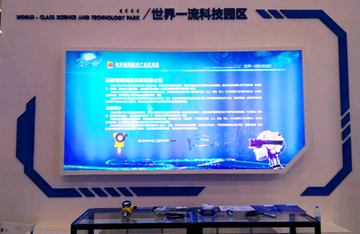Integrated temperature transmitter features and components
2019-03-10
The integrated temperature transmitter is a perfect combination of temperature sensor and transmitter. It converts the temperature signal in the range of -200~+1600 °C into the electric signal of the two-wire 4~20mA DC to the display in a very simple way. Regulator regulators, recorders, DCS, etc., enable accurate measurement and control of temperature.Advantages of an integrated temperature transmitter
The integrated temperature transmitter has the advantages of simple structure, saving lead wires, large output signal, strong anti-interference ability, good linearity, simple display instrument, anti-vibration and moisture resistance of solid modules, reverse connection protection and current limiting protection, and reliable operation.
Composition and classification of integrated temperature transmitters
An integrated temperature transmitter typically consists of a temperature probe (thermocouple or RTD sensor) and a two-wire solid state electronics unit. The temperature probe is mounted directly in the junction box in the form of a solid module to form an integrated transmitter. Integrated temperature transmitters are generally classified into two types: thermal resistance and thermocouple type. From the initial environmental temperature and humidity monitoring products, Jiu Chunjian has been able to meet the monitoring of temperature and humidity in various complex industrial environments, and has solved the individual needs of different customer groups. Today, Jiu Chunjian's products have been widely used in research institutes, industry, agriculture, telecommunications, power, engineering, textile, printing and dyeing, metallurgy, steel, chemical fiber, petrochemical, medical equipment, chemical fiber textile, environmental engineering, municipal engineering, Humidifier, dehumidifier, greenhouse flower, air conditioning, cold storage, cement curing, drying equipment and other fields.





